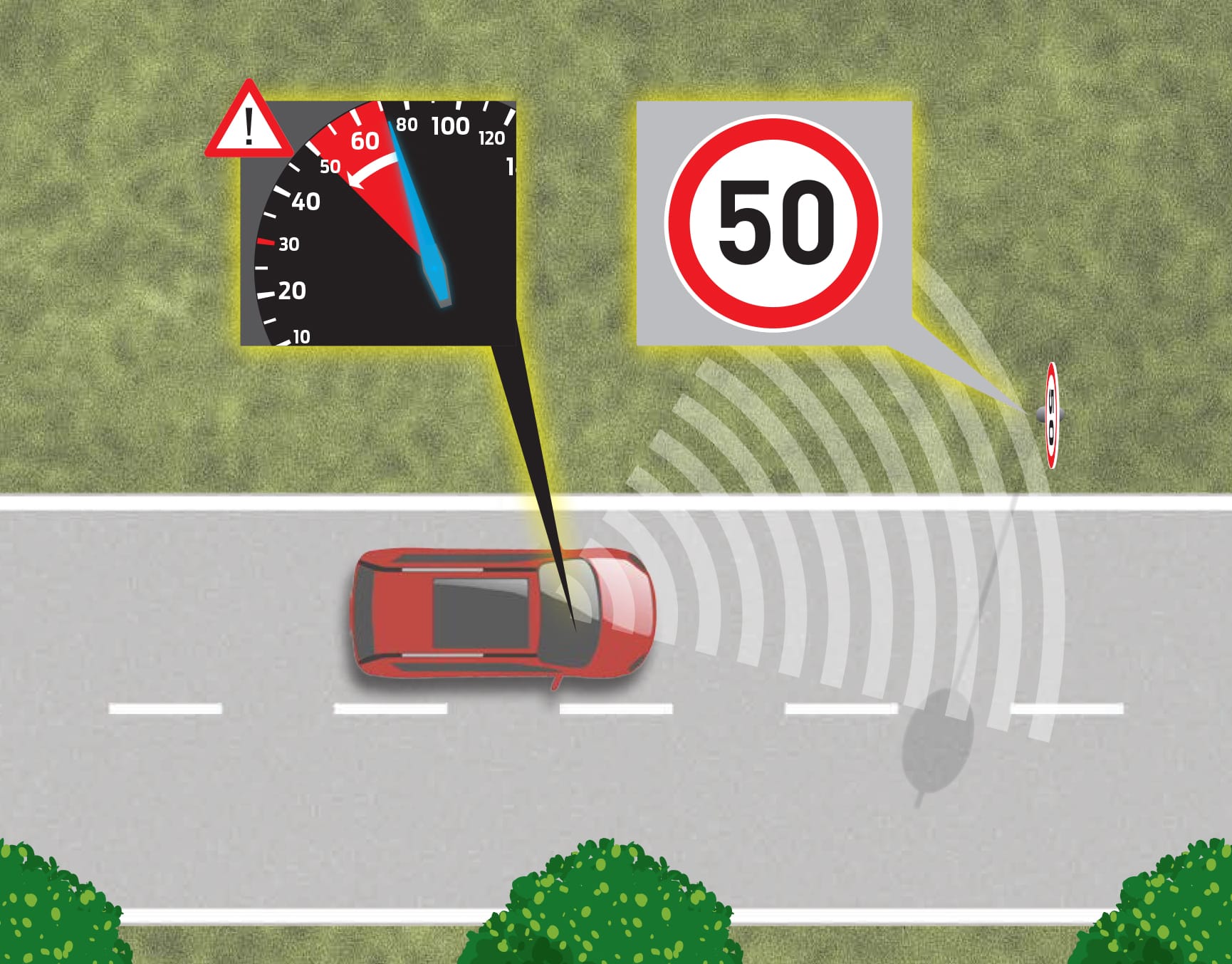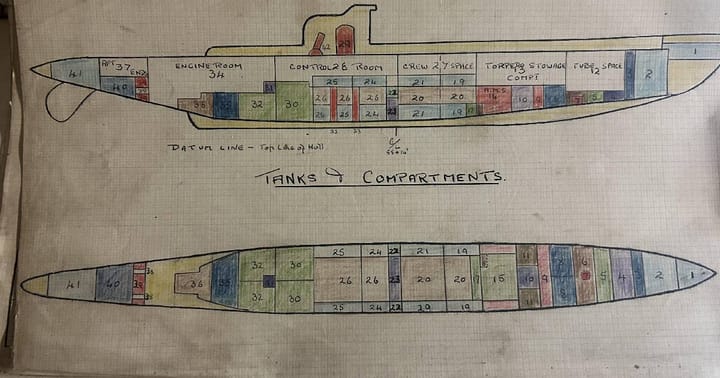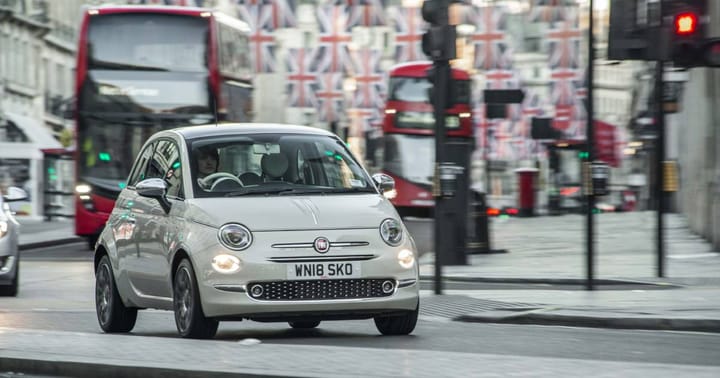Our grandchildren will laugh that speeding was once possible
Novel road rules tend to become stricter over time - why should speeding be any different?

The roll-out of Intelligent Speed Assistance (ISA) comes full circle this summer, as from July 2024 all new cars sold in the European Union must be fitted with this system; prior to this only freshly launched models had to have the tech. And while the UK doesn’t have to follow this mandate, it will, because manufacturers won’t build bespoke ‘UK-only’ cars.
ISA is often billed as a ‘speed limiter’, and while its overridable nature means some take issue with this nickname, the euphemistic official title lends itself to counter-interpretation: ISA is not curtailing your speed, it’s assisting you as you keep to the limit; it’s not surveilling your surroundings – it’s intelligent.
ISA uses GPS location data and forward-facing cameras to determine the prevailing speed limit on any section of road. If the limit is exceeded a warning image and chime will appear, castigating the driver, and unless they ease off, ISA automatically (and gently) cuts the car’s power until a legal speed is reached.
ISA can be deactivated by the driver, though it must default to ‘on’ and reactivate every time the car is started. Similarly, ISA can be overridden if the driver mashes the accelerator pedal – although the system will automatically reactivate under a number conditions – EG if you take your foot off the accelerator for three seconds or more.
The European Commission promises that the “driver is always in control and can easily override the system”, that any warning sound will be “as short as possible in duration to avoid potential annoyance of the driver”, and that when power is cut, “the system can be smoothly overridden by the driver by pressing the accelerator pedal a little bit deeper” – almost reads like sales literature.

ISA is far from perfect, at times misreading traffic signs and misinterpreting speed limits – for example when staying on a 70mph dual carriageway, the cameras may erroneously pick up a 40mph sign on the slip road, chastising and slowing you as it does so.
The European Transport Safety Council asserts that ISA is expected to reduce collisions by 30% and road deaths by 20%. As an aside, one of the studies that seems to have contributed towards these figures assumed that “reliability [of ISA] should not be a problem and should approach 100%” - something many road testers will tell you is pretty far from the mark.
ISA comes against a backdrop of drivers being increasingly monitored on the road. The UK’s network of Automatic Number Plate Recognition cameras scans plates around 10 billion times a year; average speed check cameras become increasingly prevalent with each passing year; the Transport Select Committee says that it “has not seen a viable alternative to a road pricing system based on telematics” to replace fuel duty once all new cars are electric; London’s mayor has repeatedly said there are no plans to introduce per-mile road pricing in the capital, though critics are concerned Transport for London's £130-150 million ‘Project Detroit’, which will replace the current ULEZ and Congestion Charge camera system with more modern tech, could be configured to do just this.
This is not an op-ed about the merits or otherwise of surveillance and ISA, nor the moral and safety implications of adherence to speed limits or, even, libertarianism.
It is instead a prediction: given the trends that have been tracking across the UK’s road network over the past couple of decades, in the foreseeable future either an evolution of ISA or a blended system drawn from some of the technologies detailed above will be introduced that will either prevent speeding in its entirety, or more likely, automatically issue speeding tickets if drivers transgress limits – perhaps with appeals being granted and tickets overridden if an emergency scenario where speeding was unavoidable can be proven – EG a hospital dash for a severely ill family member, or evasive action that could have only been achieved by breaching the limit.
The path to facilitate this future may look like this:
- ISA has a few years to bed in
- Data shows its introduction correlates with a reduction in collisions
- A stricter version that automatically issues penalties is legislated for
- Concerns over privacy and false positives are raised
- Those contesting ISA v2 are labelled reckless
- A two-year grace period of warning letters is granted, after which speeding penalties are automatically issued to transgressors
I am happy to be proven wrong on this, but anyone with two eyes and half a brain can see that authorities rarely relinquish fresh powers and legislation – the opposite is true, in fact – new road technologies tend to grow once they are introduced – just witness the repeated expansion of ULEZ (how long until this becomes national?), the increasing sophistication and scope of the speed-camera network, or the number of councils using a car’s CO2 emissions to determine how much drivers must pay to park.
I do not have a precise timeline for the above, but given the average car is ~15 years old when it is scrapped, this churn means by 2040 almost all vehicles will have ISA, aside from any other systems that may exist by then. With this, and the way the past is viewed as a foreign country by each new generation, if I’m lucky enough to be blessed with grandchildren, they will laugh when I tell them I once saw some lunatic doing 75mph on the M11.



